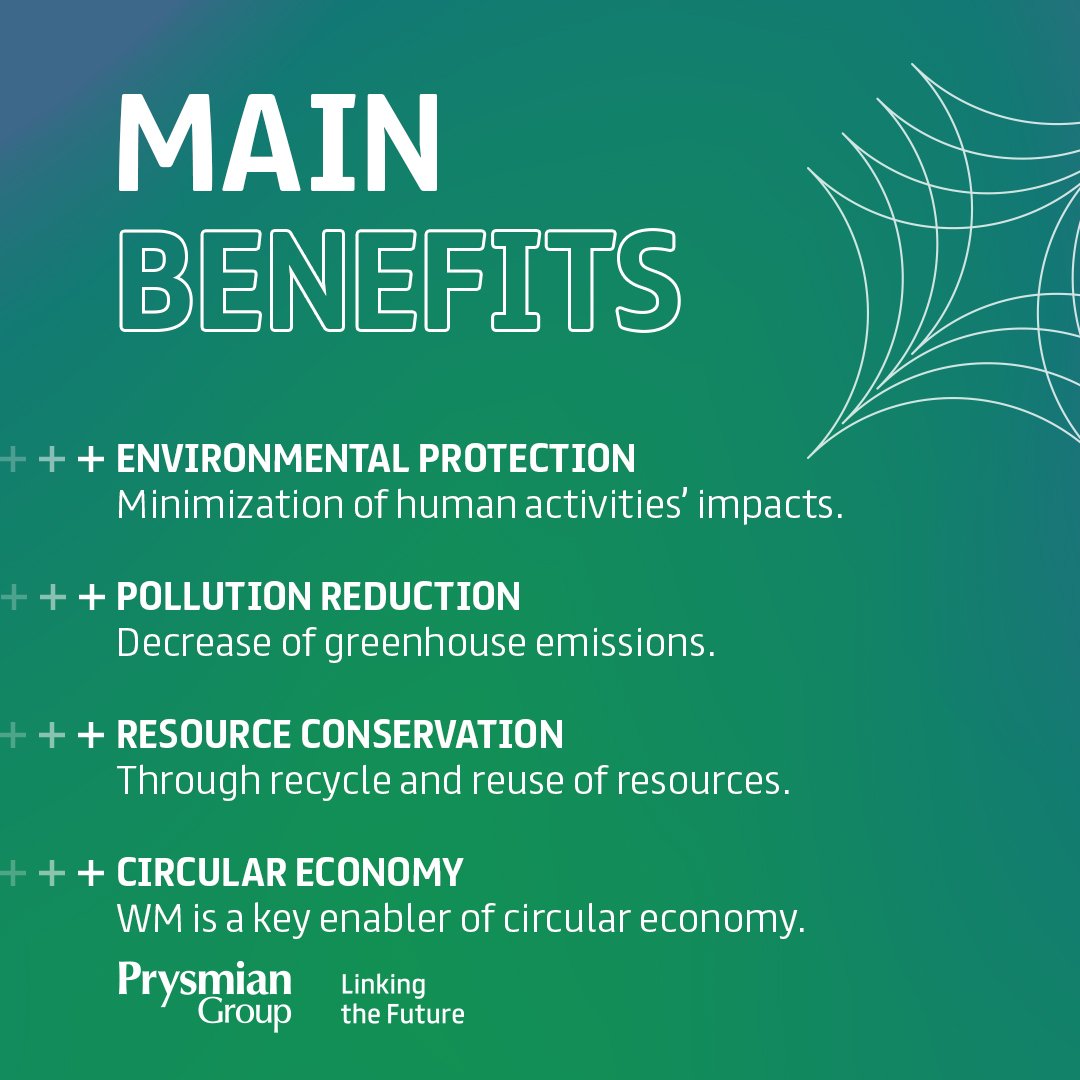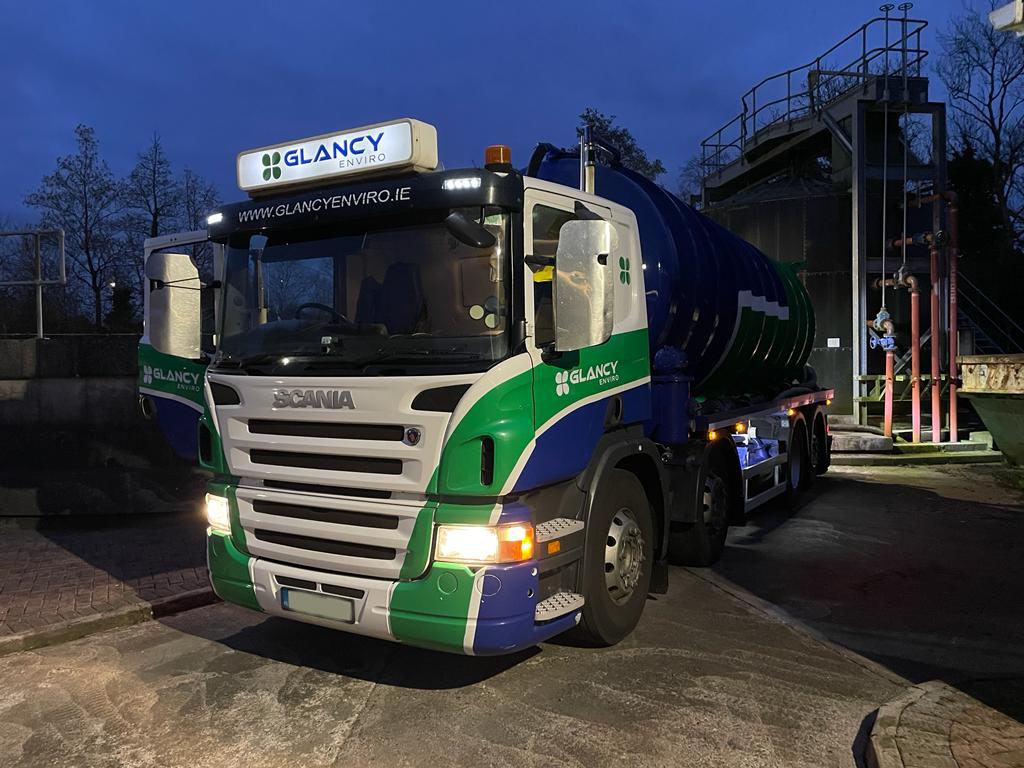Facts About Reclaim Waste Uncovered
Facts About Reclaim Waste Uncovered
Blog Article
Not known Details About Reclaim Waste
Table of ContentsA Biased View of Reclaim WasteEverything about Reclaim WasteThe Main Principles Of Reclaim Waste Getting My Reclaim Waste To WorkNot known Details About Reclaim Waste
Discover the types, events, and forms of liquid waste. Domestic sewer waste refers to the waste and products from a property septic system. This sort of waste is produced by humans in homes, colleges, and other buildings. This only includes septic storage tanks that have a drain area. The correct management and disposal of domestic sewer waste require liquid waste to be moved to a sewage therapy plant where the appropriate methods and devices are put on detoxify and get rid of waste.
Business waste commonly consists of potential hazards, such as combustible products or a combination of fluid and strong waste items, and requires an advanced and detailed disposal procedure. The disposal of industrial waste typically includes the purification of waste before transport to make sure safe and correct disposal. Industrial waste is produced from byproducts and runoff of commercial processes and manufacturing.
This kind of waste can not utilize the exact same sewer monitoring transport or procedures as septic or commercial liquids. The hazardous waste management process requires the assessment and screening of liquid waste prior to it undergoes the disposal process (liquid waste removal). Runoff waste is the liquid waste that originates from drainage and excess stormwater in very inhabited areas or cities
Runoff waste can create contamination and flooding otherwise handled appropriately. Discover more about sewage system cleaning and waste monitoring. Guaranteeing proper waste management can avoid disasters and decrease environmental damage. Both individuals in residential settings and specialists in industrial or production industries can profit from comprehending the procedures and guidelines of liquid waste monitoring.
An Unbiased View of Reclaim Waste
Call PROS Providers today to discover concerning our waste management and disposal solutions and the correct ways to take care of the liquid waste you create.
(https://anotepad.com/note/read/pkncyr85)This so-called 'wastewater' is not just an essential resource however, after therapy, will certainly be launched to our land, rivers or the ocean. Utilized water from toilets, showers, baths, kitchen area sinks, laundries and industrial procedures is recognized as wastewater.

water used to cool down machinery or tidy plant and equipment). Stormwater, a type of wastewater, is overflow that flows from agricultural and metropolitan areas such as roofings, parks, yards, roadways, paths and seamless gutters right into stormwater drains, after rain. Stormwater moves without treatment straight to local creeks or rivers, eventually reaching the sea.
A Biased View of Reclaim Waste
In Queensland, the majority of wastewater is treated at sewer therapy plants. Wastewater is delivered from domestic or industrial sites with a system of sewers and pump terminals, understood as sewage reticulation, to a sewer therapy plant.
The Division of Natural Resources advises city governments about handling, operating and keeping sewage systems and treatment plants. In unsewered areas, regional governments may call for homeowners to mount private or home sewer treatment systems to deal with residential wastewater from bathrooms, kitchen areas, shower rooms and laundries. The Department of Natural Resources authorizes the usage of family systems when they are shown to be reliable.
The majority of stormwater obtains no therapy. In some new communities, treatment of some stormwater to get rid of trash, sand and crushed rock has actually begun making use of gross pollutant traps. Wastewater treatment happens in 4 phases: Removes strong matter. Bigger solids, such as plastics and other objects wrongly released to sewers, are eliminated when wastewater is travelled through displays.
Uses little living organisms recognizes as micro-organisms to damage down and remove continuing to be dissolved wastes and great bits. Micro-organisms and wastes are integrated in the sludge.
Rumored Buzz on Reclaim Waste
Nutrient elimination is not offered whatsoever sewage treatment plants because it requires expensive specialized devices. It is ending up being a lot more usual in Queensland. Clear liquid effluent produced after treatment may still contain disease-causing micro-organisms. If this effluent is launched right into waterways such as rivers or the sea, the micro-organisms will at some point pass away out.

This generally indicates wastewater needs to be treated or impurities removed before it can be my explanation discharged to waterways. A lot of wastewater streams right into the sewage system. Under the Act, city governments administer approvals and permits for ecologically pertinent activities (ERAs) entailing wastewater launches that could have a local influence. The department administers approvals and licences to Ages including wastewater releases that could have a regional or statewide effect.
Reclaim Waste Can Be Fun For Anyone
Monitoring provides accurate details concerning water top quality and can confirm that permit conditions are being met. The info acquired with tracking supplies the basis for making water top quality decisions.
Report this page